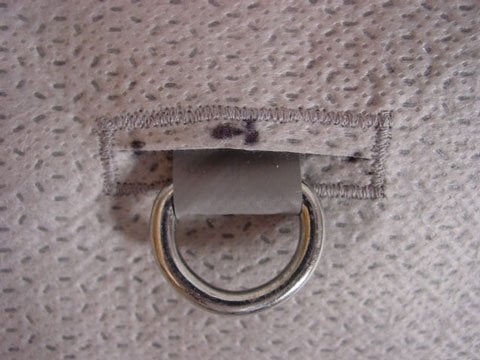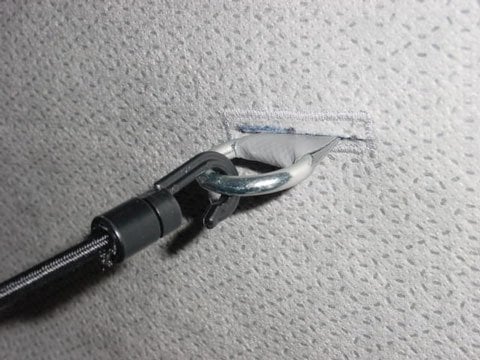RC Pilot Jim
Senior Member
FWC “Thermal Pack” Report
While attending the April FWC Owners Rally near Napa-Sonoma this past April, I was listening to a general conversation on “accessories” and the “Arctic Pack” came up. Terry Todd , FWC’s Service manager, had one installed in his personal “Grandby”.
I was only mildly interested because living in San Diego it never really gets cold enough to warrant spending the additional money. We all trooped over to view it and during the discussion , I commented the amount of room it would take up “on board” to store it when its not in use and Terry replied, “ I never store it, I leave it in all the time.” I replied “Why?”. Terry replied, “Pack wasn’t just for the winter or cold climate use, it was for hot weather too, as it [SIZE=14pt]insulates[/SIZE] against the heat of the summer and the cold of the winter.”
Wow I never thought about insulating against heat. Makes sense so I ordered one when we returned home. I also suggested they change the name – which they have. “Thermal Pack” is a better description.
The blanket comes with extra Velcro if your model didn’t arrive set up for it. My Eagle did so it was just an easy 10 minute installation.
I've used it once so far in 90* temps and it was cooler inside then out. I'm still testing it as we move into Fall as the places I go run from low 40's - 90's during the day.
While attending the April FWC Owners Rally near Napa-Sonoma this past April, I was listening to a general conversation on “accessories” and the “Arctic Pack” came up. Terry Todd , FWC’s Service manager, had one installed in his personal “Grandby”.
I was only mildly interested because living in San Diego it never really gets cold enough to warrant spending the additional money. We all trooped over to view it and during the discussion , I commented the amount of room it would take up “on board” to store it when its not in use and Terry replied, “ I never store it, I leave it in all the time.” I replied “Why?”. Terry replied, “Pack wasn’t just for the winter or cold climate use, it was for hot weather too, as it [SIZE=14pt]insulates[/SIZE] against the heat of the summer and the cold of the winter.”
Wow I never thought about insulating against heat. Makes sense so I ordered one when we returned home. I also suggested they change the name – which they have. “Thermal Pack” is a better description.
The blanket comes with extra Velcro if your model didn’t arrive set up for it. My Eagle did so it was just an easy 10 minute installation.
I've used it once so far in 90* temps and it was cooler inside then out. I'm still testing it as we move into Fall as the places I go run from low 40's - 90's during the day.


